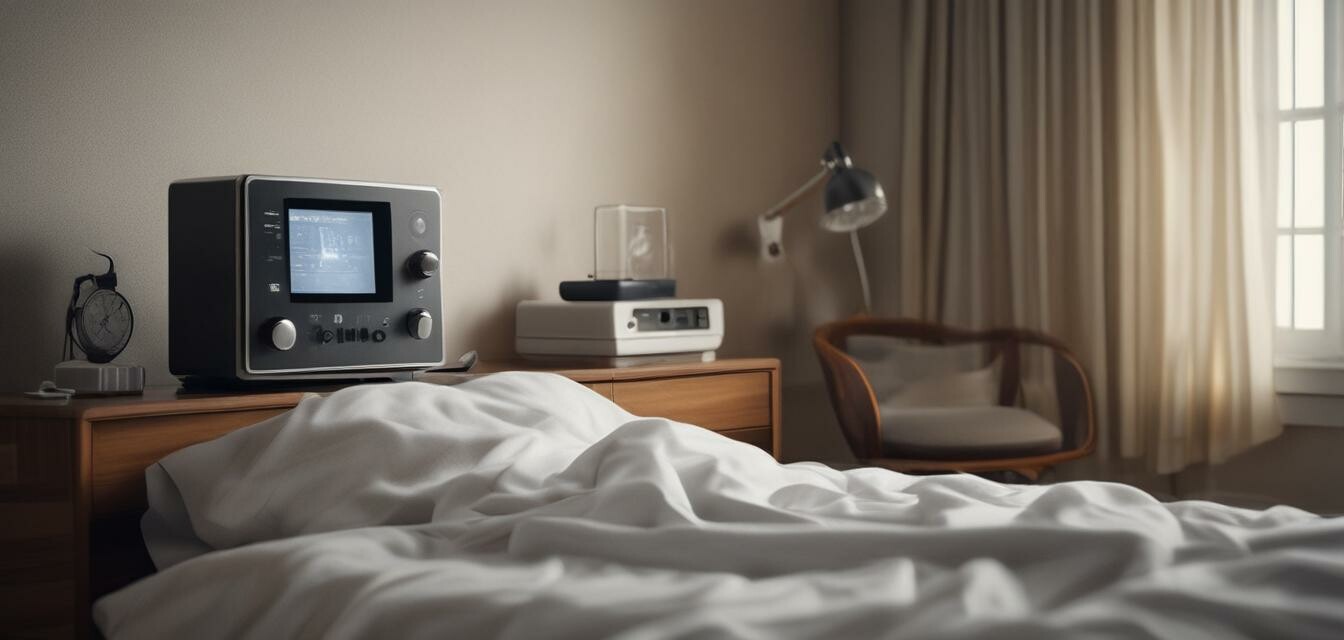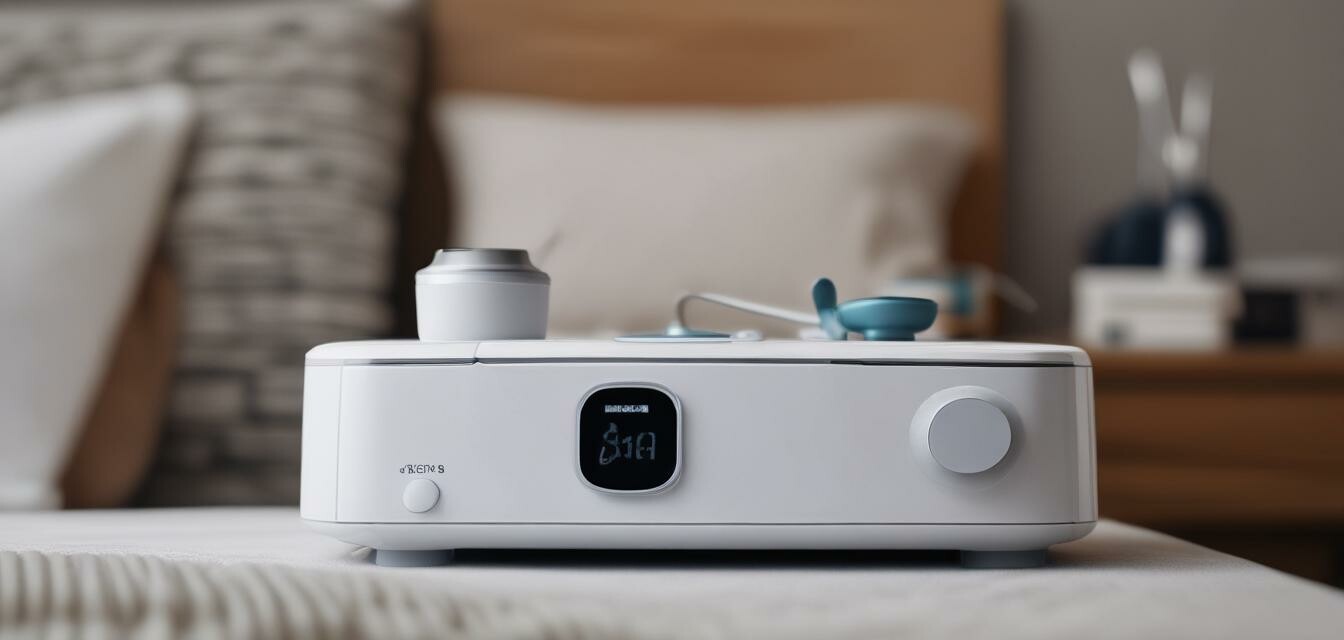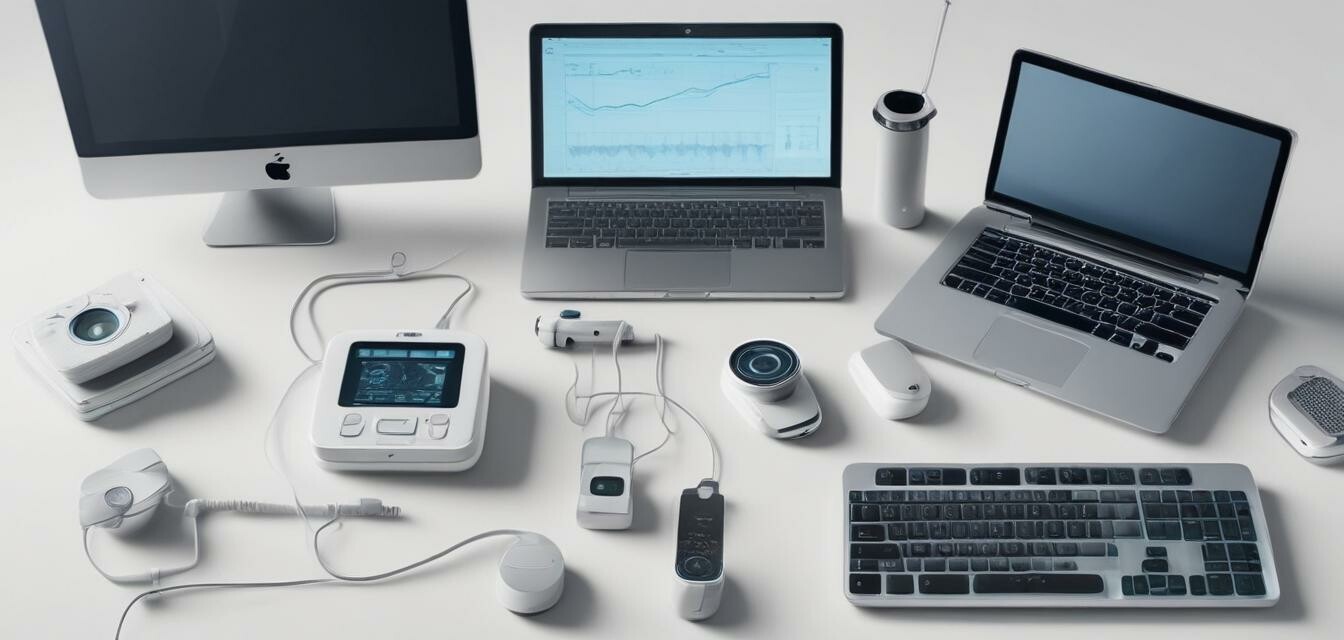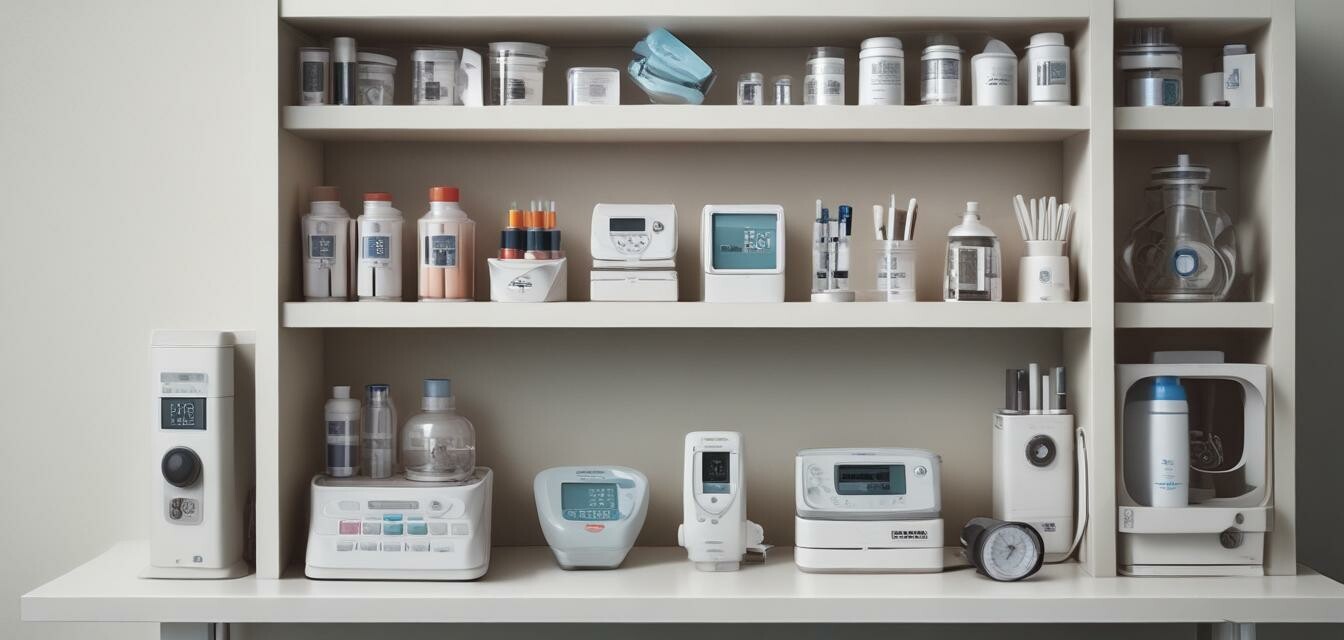
Home-Based Sleep Apnea Solutions
Key Takeaways
- Understanding sleep apnea is the first step to find effective solutions.
- There are several compact devices available for home use.
- Implementing these solutions can lead to improved sleep quality.
- Always consult with a healthcare professional before starting any new treatment.
Sleep apnea can disrupt your nights and diminish the quality of your daily life. Fortunately, various solutions are available that can be utilized within the comforting confines of your home. This article presents an overview of the home-based devices for managing sleep apnea effectively while considering space-efficient options.
Understanding Sleep Apnea
Sleep apnea is a serious sleep disorder where breathing repeatedly stops and starts during sleep. It can lead to serious health issues if left untreated. Recognizing the signs and symptoms is crucial to addressing the problem.
Types of Sleep Apnea
| Type | Description |
|---|---|
| Obstructive Sleep Apnea | The most common form, caused by the relaxation of throat muscles during sleep. |
| Central Sleep Apnea | Occurs when your brain fails to send signals to the muscles that control breathing. |
| Complex Sleep Apnea Syndrome | A combination of obstructive and central sleep apnea. |
Home-Based Solutions for Sleep Apnea
1. CPAP Machines
Continuous Positive Airway Pressure (CPAP) machines are one of the most recommended solutions for obstructive sleep apnea. They keep the airways open by providing a constant stream of air through a mask.

2. Automatic Positive Airway Pressure (APAP) Devices
APAP devices automatically adjust the pressure based on your breathing patterns, offering a personalized touch to your sleep apnea therapy.
3. Mandibular Advancement Devices (MADs)
These are dental devices designed to hold the lower jaw forward, keeping the airway open during sleep.
Comparison of Home Sleep Apnea Solutions
| Device Type | Effectiveness | Comfort Level | Portability |
|---|---|---|---|
| CPAP Machine | High | Moderate | Low |
| APAP Device | High | High | Moderate |
| MAD | Moderate | High | High |
Additional Solutions
In addition to devices, lifestyle changes play a significant role in managing sleep apnea. Here are some additional solutions:
- Weight Management: Reducing excess weight can significantly improve sleep apnea symptoms.
- Positional Therapy: Changing sleeping positions may alleviate symptoms for some individuals.
- Avoiding Alcohol and Sedatives: These substances relax the throat muscles and can worsen sleep apnea.
Tips for Choosing the Right Device
Beginners Section
- Understand your specific type of sleep apnea.
- Consult with a healthcare professional to explore options.
- Consider your personal comfort and ease of use when choosing a device.
- Check for portability if you travel frequently.
- Research customer reviews and ratings before making a purchase.
Staying Informed About Sleep Apnea
Follow modern developments and solutions that can aid in managing sleep apnea right from your home. Here are some informative resources for further reading about sleep apnea:
- Blood pressure monitors - Keeping track of health metrics may help.
- Compact nebulizers - Explore other compact devices for health monitoring.
- Infrared thermometers - Useful for general health requests.
- Light therapy devices - Learn how light can impact your sleep and wellbeing.
- Portable ECG monitors - Keeping an eye on heart health can be beneficial.
Conclusion
Managing sleep apnea at home with effective devices is not only practical but also essential for improving your overall quality of life. With numerous options, including CPAP machines, APAP devices, and oral devices, there is a solution tailored for everyone. Always seek professional advice before making significant changes to your sleep management routine.
Pros
- Convenient home solutions for managing sleep apnea.
- Compact devices save space in your home.
- Improved quality of life and sleep patterns.
- Available options for every type of sleep apnea.
Cons
- Devices may require adjustment to ensure comfort.
- Some solutions may be less effective than others.
- Initial costs can be substantial.
- Regular maintenance may be needed for optimal performance.

